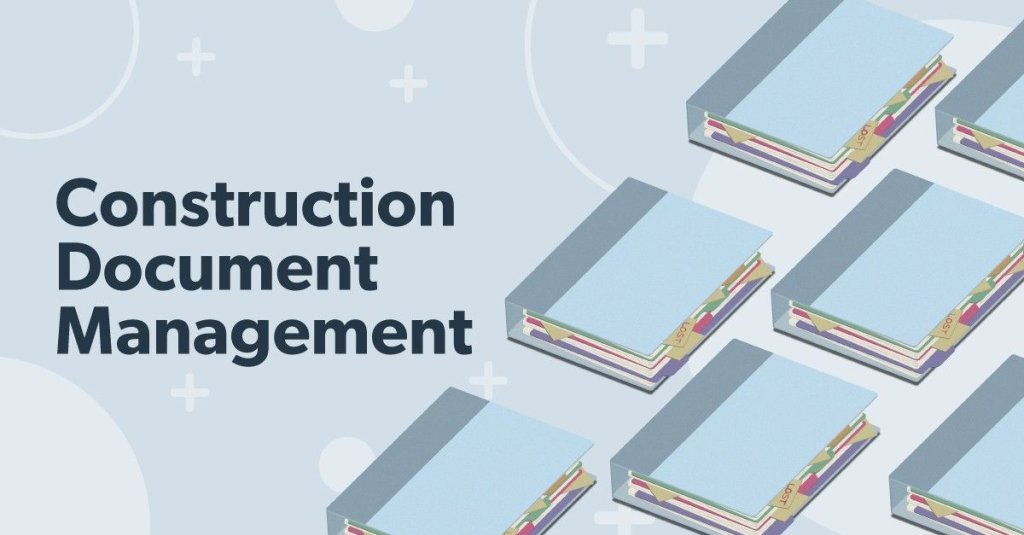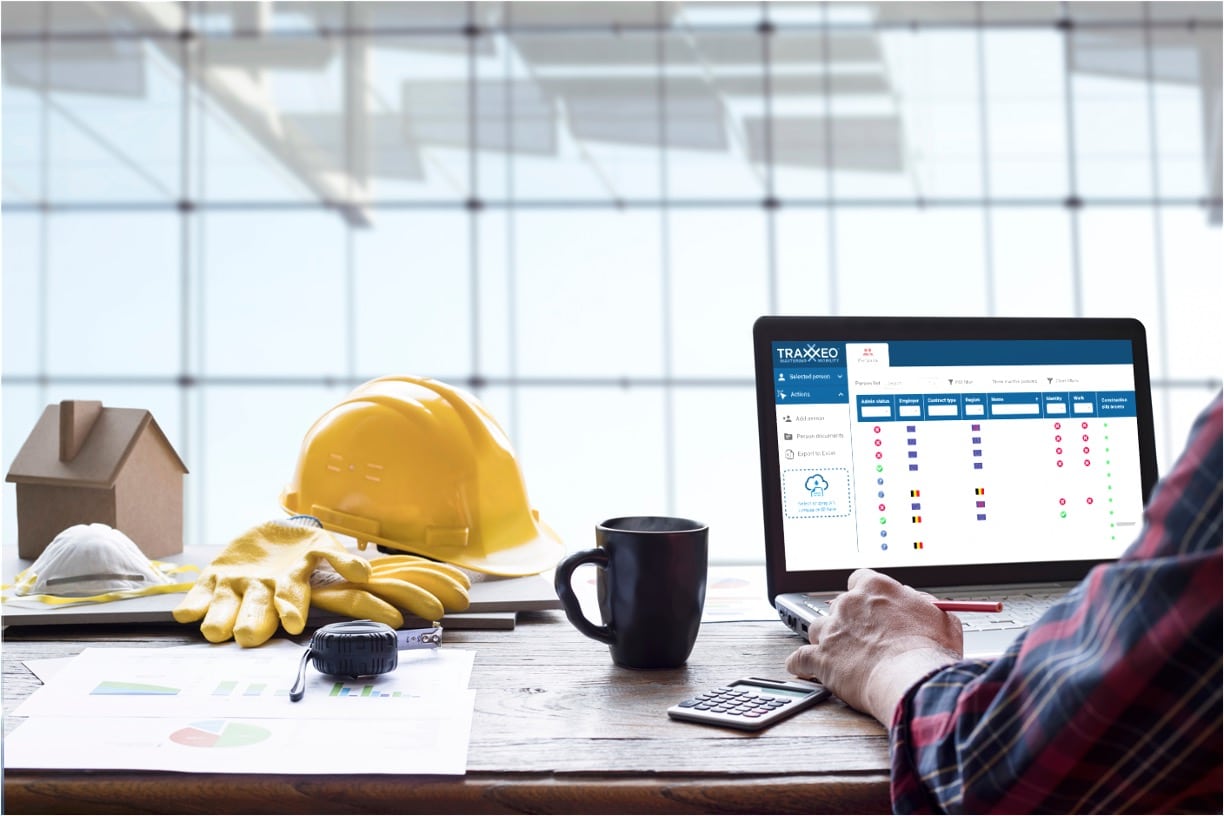Structure Better Projects: The Duty of Construction Document Management in Success
Wiki Article
Achieving Seamless Job Shipment: Designer's Comprehensive Strategy to Building Record Monitoring
In the realm of architecture and construction, the thorough orchestration of job components is critical to success. One vital aspect usually ignored is the monitoring of building records, which works as the backbone of every project. construction document management. As designers navigate the intricacies of execution, design, and coordination, a detailed method to document administration arises as a cornerstone for attaining seamless project distribution. By exploring the nuances of this procedure, uncovering the important aspects, and checking out ingenious technological services, architects introduce a pathway towards enhanced performance and cooperation within job teams. The combination of modern technology, cooperation, and precision develops the foundation of a successful building venture, raising the relevance of an organized paper monitoring technique.Importance of Building Record Administration
Reliable construction record monitoring plays a vital function in making certain job success by facilitating seamless interaction and company throughout the building and construction process. By preserving precise and up-to-date building and construction records, engineers can effectively interact with professionals, subcontractors, and other stakeholders associated with the project. These records work as a referral factor for all celebrations, guaranteeing that everybody is working from the same collection of information and decreasing the possibility of misunderstandings or errors.Furthermore, appropriate document administration can enhance project efficiency, decrease expensive delays, and inevitably lead to the effective completion of construction projects. Engineers who focus on building and construction file monitoring established a solid structure for job success and show a commitment to providing premium outcomes.
Crucial Element for Effective Paperwork

Given the essential duty that well organized and precise construction documentation plays in ensuring task success, it is crucial to recognize key aspects that add to efficient documentation management. Clear and succinct communication is paramount. All stakeholders must recognize the documentation demands and have the ability to accessibility and analyze the details quickly. Second of all, developing standardized design templates and protocols makes sure consistency throughout all task papers. This includes calling conventions, file structures, and revision control to avoid errors and complication. Thirdly, routine reviews and updates are essential to keep paperwork reflective and existing of the project's development. This method aids recognize any kind of disparities or adjustments that need to be attended to without delay. Finally, applying a robust record administration system that permits for variation control, accessibility constraints, and audit tracks greatly enhances the company and safety of task documentation. By incorporating these crucial aspects right into construction record monitoring methods, architects can improve procedures, minimize errors, and eventually contribute to the successful distribution of jobs.
Utilizing Innovation for Paper Organization
Leveraging innovative digital tools and software application systems is important in boosting the organization and access of building paperwork. Building firms can simplify their file management processes by applying specialized software program made for the building and construction industry. These tools offer attributes such as version control, cloud storage, and joint modifying abilities, making it possible for staff member to service files simultaneously and guaranteeing every person has accessibility to the most updated information.One trick advantage of utilizing technology for file organization is the ability to create a centralized repository for all project-related documents. By storing papers in a secure electronic atmosphere, architects can conveniently look, get, and share info with stakeholders, minimizing the threat of version conflicts or misplaced files. Additionally, progressed software application solutions usually integrate metadata tagging and indexing performances, permitting users over here to classify papers successfully and recover them swiftly when needed.
Joint Techniques With Task Groups
To optimize task results, designers need to embrace collective techniques when working with project groups to make sure seamless interaction and sychronisation throughout the building process. Collaboration with job teams is vital for engineers to effectively take care of read here building and construction projects. construction document management. By cultivating open communication and team effort amongst all stakeholders, architects can enhance decision-making procedures, address potential problems proactively, and guarantee that everyone is aligned with the project objectivesEngineers must establish clear lines of interaction with engineers, professionals, customers, and other vital team participants from the beginning of the task. Routine conferences, progression updates, and feedback sessions must be scheduled to keep everybody informed and engaged. Making use of collective project management tools can likewise facilitate real-time info sharing and record cooperation, enhancing transparency and efficiency.

Ideal Practices for Paper Variation Control

Verdict
In final thought, efficient construction document monitoring is essential for attaining smooth job delivery (construction document management). It is imperative for engineers to carry out ideal techniques in document administration to successfully navigate the complexities of building and construction jobs.Efficient building and construction document monitoring plays an essential role in ensuring project success by promoting smooth interaction and company throughout the building process. Furthermore, proper document management can improve project effectiveness, reduce expensive delays, and ultimately lead to the effective conclusion of construction projects.To maximize project end results, designers need to accept collaborative strategies when functioning with job groups to make sure smooth communication and control throughout the building and construction process. Cooperation with project teams is necessary for architects to efficiently handle building tasks.In the realm of joint building job administration, keeping exact control over document versions stands as a vital method for ensuring task integrity and cohesion.
Report this wiki page